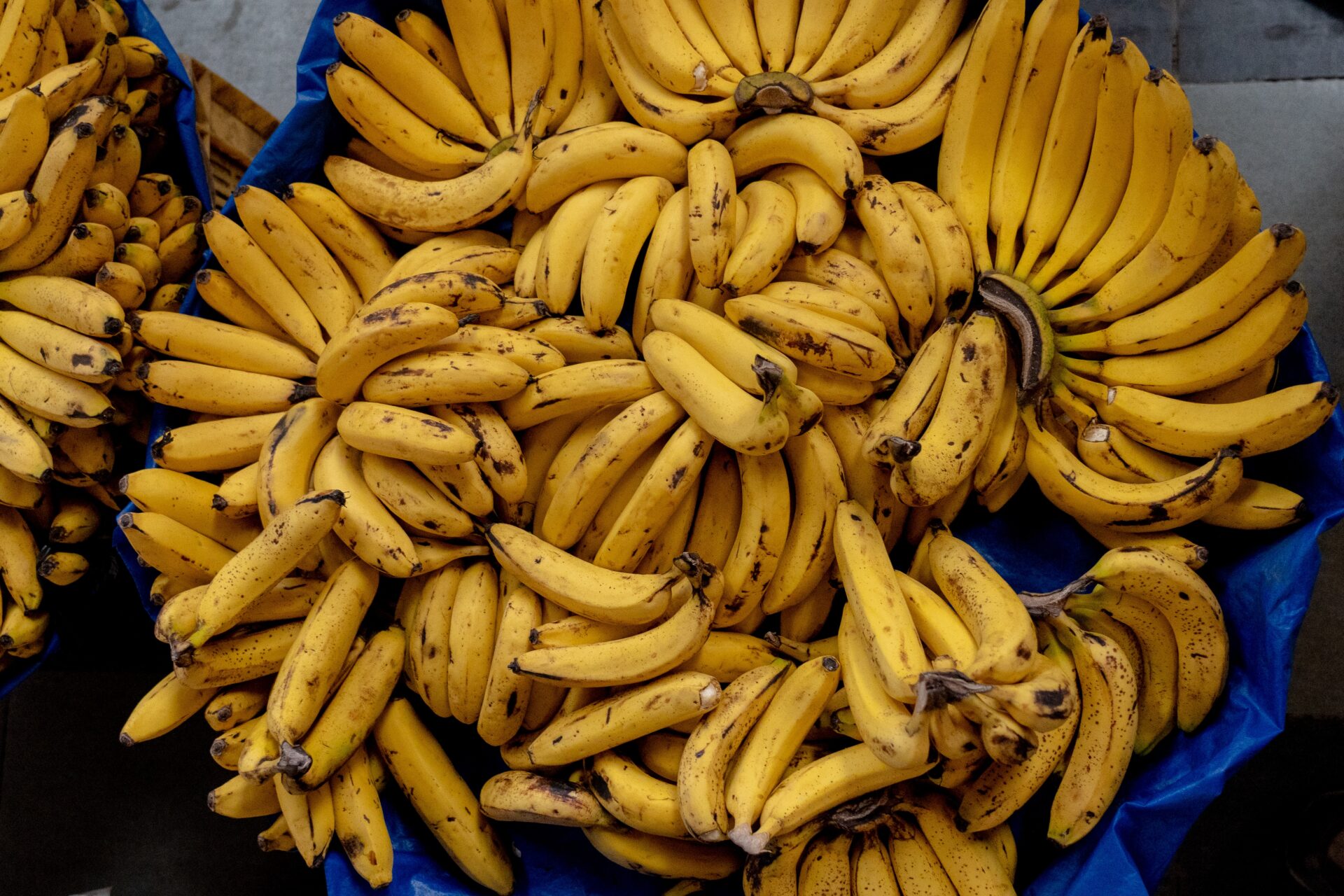
Cavendish Bananas At Risk from Fungal Disease
A fungal disease is threatening Cavendish bananas, which make up nearly half of the bananas consumed worldwide. Scientists are now trying to figure out how save the world’s most popular banana – but are divided on how.
We caught up with Dr Rose Andrew from UNE, who specialises in plant genetics (specifically Eucalyptus), to discuss how this disease affects bananas, and what can be done. Rose explains that one of the reasons that Cavendish bananas have such little genetic diversity is because they are clones.
“Wild organisms will adapt to a whole range of challenges that they face, including pests and diseases. But when you bring plants into cultivation, one of the first steps is often to remove a lot of that variation because you’re breeding for specific characteristics.”
“And so the result of that is that your gene pool becomes much narrower. And in some cases, having the ability to manipulate clones can be beneficial to breeding and that’s one of the reasons why a lot of our crop plants are clonal plants.”
Unfortunately, that means there’s very little genetic variation, leaving the plants wide open to pathogenic threats – like the Panama TR4 disease. One of the ways we could save bananas is by making them more resistant through genetic engineering, which Rose says has been successful in the past, but it will only make them resistant to that pathogen.
“This is potentially quite attractive, but it will only make the banana resistant to that one pathogen. In contrast, if you bring in genetic variation from wild relatives of a crop, you have a chance to shift the resistance profile of that crop in multiple different ways at once.”
“So cross-resistance to multiple pathogens then becomes a little bit more possible, but it’s a much slower process and takes a lot more time.”
Photo by Siddharth Govindan on Unsplash


